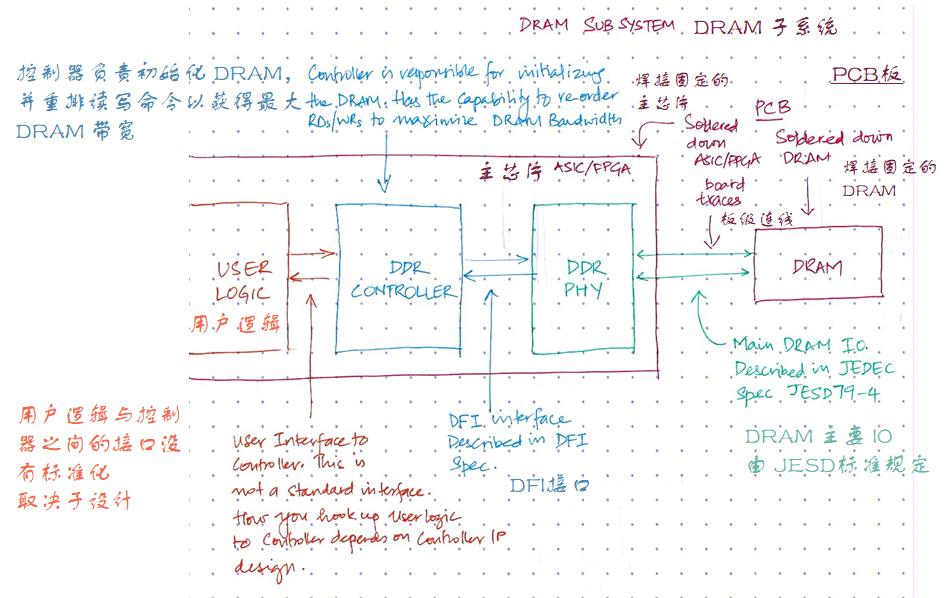Understanding the Significance of Max SUV on PET Scan in Cancer Diagnosis and Treatment
Guide or Summary:Max SUV on PET ScanImportance of Max SUV in Cancer DiagnosisMax SUV and Treatment MonitoringFactors Influencing Max SUV on PET ScanMax SUV……
Guide or Summary:
- Max SUV on PET Scan
- Importance of Max SUV in Cancer Diagnosis
- Max SUV and Treatment Monitoring
- Factors Influencing Max SUV on PET Scan
Max SUV on PET Scan
Max SUV (Maximum Standardized Uptake Value) on PET scan is a crucial metric used in the evaluation of various medical conditions, particularly in oncology. PET (Positron Emission Tomography) scans are imaging tests that help visualize metabolic processes in the body. The Max SUV is a quantitative measure that indicates the maximum level of radiotracer uptake in a specific area, typically a tumor. This value is significant because it provides insights into the aggressiveness of the cancer, its response to treatment, and can assist in staging the disease.
Importance of Max SUV in Cancer Diagnosis
In cancer diagnosis, the Max SUV on PET scan plays a pivotal role. Higher SUV values often correlate with more aggressive tumors, which may necessitate more intensive treatment approaches. For instance, in conditions like lymphoma, breast cancer, and lung cancer, the Max SUV can help oncologists determine how active the cancer is and guide decisions regarding biopsy and treatment strategies.

Additionally, the Max SUV can be a valuable tool in differentiating between malignant and benign lesions. A high SUV value may indicate malignancy, while lower values might suggest a benign process. This differentiation is crucial in avoiding unnecessary invasive procedures and ensuring that patients receive appropriate care based on accurate assessments.
Max SUV and Treatment Monitoring
The Max SUV on PET scan is not only essential for initial diagnosis but also for monitoring treatment response. After a patient undergoes chemotherapy or radiation therapy, follow-up PET scans can be performed to assess changes in the Max SUV. A decrease in SUV values post-treatment may indicate a positive response, suggesting that the cancer is shrinking or becoming less active. Conversely, stable or increasing SUV values may signal treatment resistance or disease progression.
This aspect of using Max SUV is particularly valuable in personalized medicine, where treatment plans are tailored based on individual responses. Oncologists can use these insights to modify treatment regimens, potentially switching to alternative therapies if the current approach is not yielding the desired results.

Factors Influencing Max SUV on PET Scan
Several factors can influence the Max SUV on PET scan, including the type of cancer, the timing of the scan in relation to treatment, and patient-specific variables such as body weight and metabolic rate. For example, patients with higher body mass may exhibit lower SUV values due to the distribution of the radiotracer in a larger volume of tissue. Additionally, the timing of the scan can impact the SUV readings; scans performed too soon after treatment may not accurately reflect the true metabolic activity of the tumor.
Understanding these factors is essential for healthcare professionals to accurately interpret PET scan results and make informed clinical decisions. It underscores the need for standardized protocols and guidelines to optimize the use of PET imaging in oncology.
In summary, Max SUV on PET scan is a vital parameter in the realm of cancer diagnosis and treatment monitoring. Its ability to provide quantitative insights into tumor metabolism makes it an invaluable tool for oncologists. As research continues to evolve, the role of Max SUV in guiding clinical decisions and improving patient outcomes will likely expand, reinforcing the importance of this metric in contemporary oncology practice. By understanding the implications of Max SUV, patients and healthcare providers can work together to navigate the complexities of cancer treatment more effectively.
